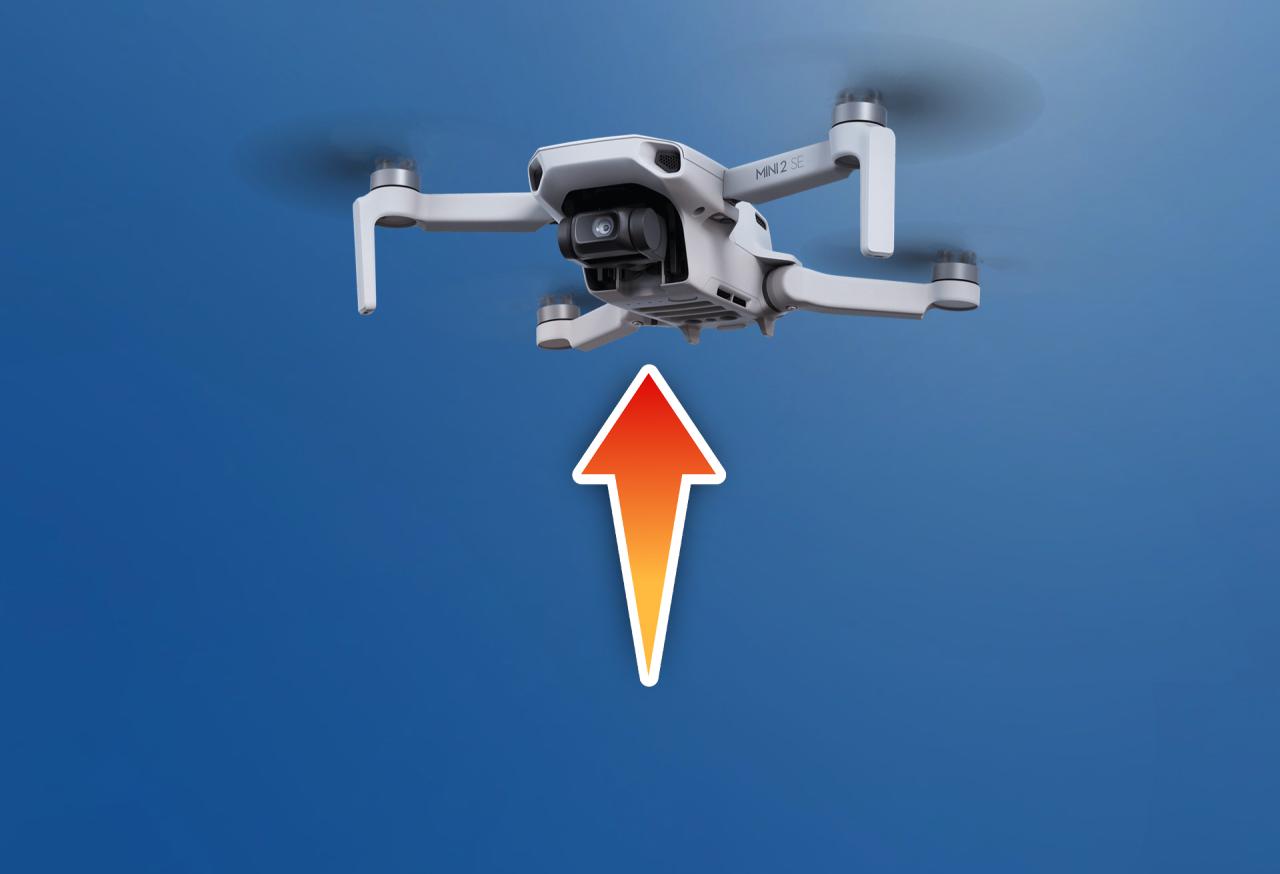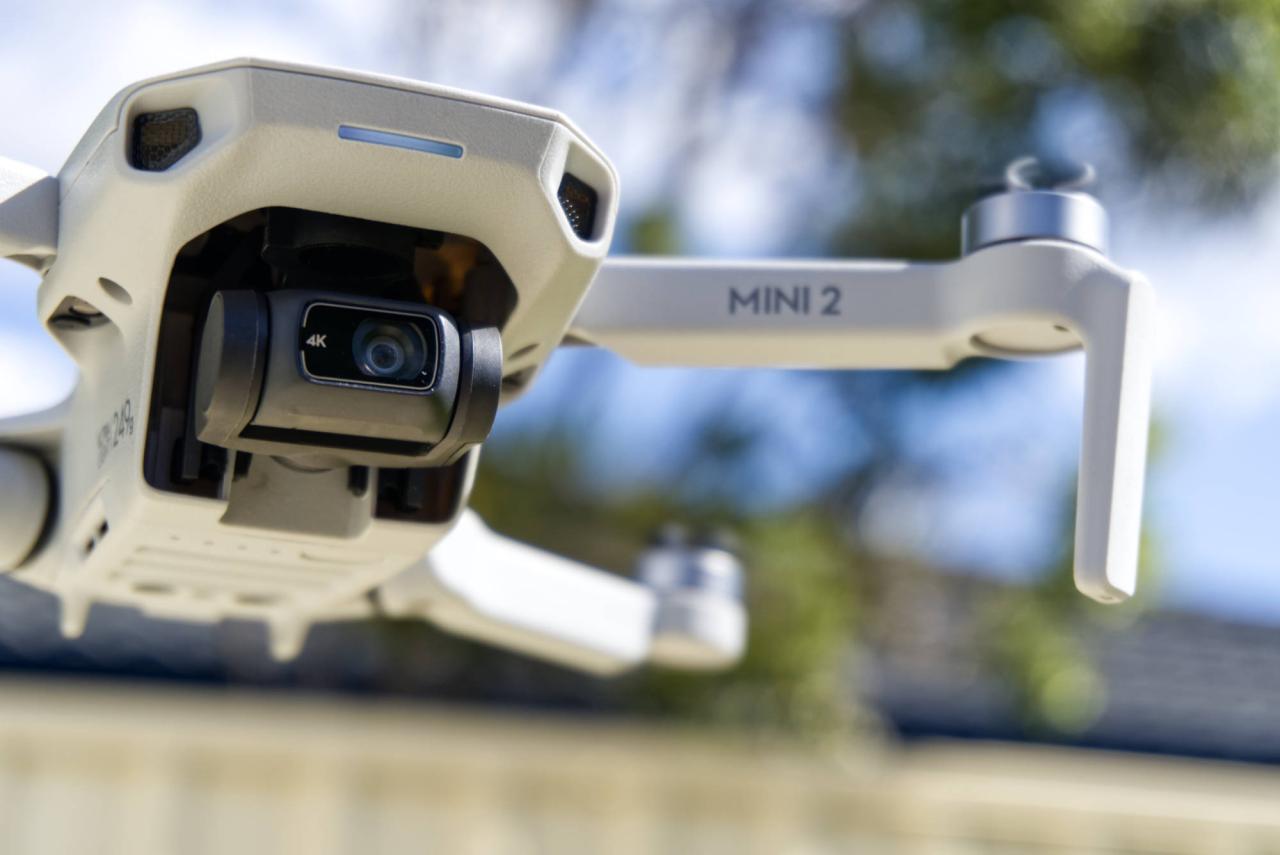Canada Drone Laws Under 250g: So you’ve got a lightweight drone? Awesome! But before you take to the skies, let’s make sure you’re up to speed on the rules. This guide breaks down the key regulations for drones under 250 grams in Canada, covering everything from registration (or lack thereof!) to airspace restrictions and privacy concerns. We’ll keep it simple and straightforward, so you can get back to flying safely and legally.
Understanding these laws is crucial, not just to avoid fines, but also to ensure responsible drone operation and protect the privacy of others. We’ll explore the differences between flying a sub-250g drone and larger models, highlighting the specific considerations for smaller UAVs. Get ready to learn the essentials for safe and compliant drone flights.
Canadian Drone Regulations for Sub-250g UAVs
Operating drones in Canada, even those under 250g, requires understanding specific regulations. While lighter drones often have fewer restrictions than heavier ones, compliance is crucial to avoid penalties. This section details the key rules for sub-250g drones, comparing them to regulations for heavier UAVs.
Regulations Governing Drones Under 250g in Canada
Drones under 250g in Canada are generally considered less risky than larger drones, leading to simplified regulations. However, they are still subject to several key rules focusing on safe and responsible operation. These rules primarily concern safe flight practices and respecting airspace restrictions, rather than extensive registration procedures.
Registration Requirements for Sub-250g Drones
Unlike drones weighing over 250g, sub-250g drones do not require registration with Transport Canada. This simplifies the process for recreational users. However, operators are still responsible for knowing and adhering to all applicable regulations.
Comparison of Regulations: Sub-250g vs. Over 250g Drones
The primary difference lies in registration. Drones over 250g require registration, while those under 250g do not. However, both categories are subject to rules regarding airspace restrictions, safe operation, and privacy considerations. The penalties for violating regulations may also vary based on drone weight and the severity of the infraction.
Key Differences in Drone Regulations Based on Weight, Canada drone laws under 250g

| Aspect | Sub-250g Drones | Over 250g Drones |
|---|---|---|
| Registration | Not required | Required with Transport Canada |
| Airspace Restrictions | Subject to same restrictions | Subject to same restrictions |
| Operational Rules | Must maintain VLOS, follow safe operation guidelines | Must maintain VLOS, follow safe operation guidelines, may require additional certifications |
| Penalties for Non-Compliance | Vary based on severity of infraction | Vary based on severity of infraction, potentially higher penalties |
Flight Restrictions and Airspace Considerations
Safe drone operation requires careful consideration of airspace restrictions. Even sub-250g drones cannot be flown in certain areas, and ignoring these rules can lead to serious consequences. This section Artikels key airspace limitations and guidelines for safe flight.
Restricted Airspace for Sub-250g Drone Operation
Sub-250g drones are prohibited from flying within controlled airspace around airports, heliports, and other sensitive areas. These restrictions are in place to ensure the safety of manned aircraft and people on the ground. Always check the official NOTAM (Notice to Airmen) website for real-time airspace restrictions before each flight.
Flying Near Airports, Heliports, and Sensitive Areas
Maintaining a safe distance from airports and heliports is crucial. The exact distance varies depending on the airport’s classification and the specific regulations. Flying near other sensitive areas, such as prisons, power plants, or military bases, is also generally prohibited.
Maintaining Visual Line of Sight (VLOS)
Operators must maintain a clear visual line of sight with their drone at all times. This means the drone should always be within their direct view, without any obstructions. Losing VLOS can lead to accidents and is a violation of regulations.
Decision-Making Process for Safe Flight Zones
A flowchart can help determine safe flight zones. First, check the NOTAM website for airspace restrictions. Next, assess the surrounding environment for potential hazards such as obstacles, weather conditions, and people. Finally, determine if VLOS can be maintained throughout the flight. If any of these factors pose a risk, postpone the flight.
Operational Safety Guidelines for Sub-250g Drones
Safe operation of sub-250g drones involves more than just following regulations; it requires proactive risk mitigation and responsible behavior. This section details best practices for safe drone operation, including pre-flight checks and hazard avoidance.
Best Practices for Safe Drone Operation
Prioritize safety by conducting thorough pre-flight checks, understanding weather conditions, and being aware of potential obstacles. Always maintain VLOS and be mindful of surrounding environments. Avoid flying near people or property without permission. Familiarize yourself with emergency procedures in case of malfunction or loss of control.
Pre-Flight Checks and Maintenance Procedures
Before each flight, inspect the drone’s battery level, propellers, and overall condition. Ensure the drone’s firmware is updated and that all systems are functioning correctly. Regular maintenance is essential for safe operation.
Potential Hazards and Avoidance Strategies
Potential hazards include adverse weather conditions (strong winds, rain, snow), obstacles (trees, buildings, power lines), radio frequency interference, and unexpected loss of control. Avoid flying in adverse weather. Plan your flight path to avoid obstacles, and be aware of potential interference from other electronic devices.
Essential Safety Equipment for Sub-250g Drones

- Spare batteries
- Propeller guards
- Carrying case
- First-aid kit (for minor injuries)
Privacy and Data Protection Laws Related to Drone Usage: Canada Drone Laws Under 250g
Using a drone to capture images or videos raises significant privacy concerns. Canadian law strictly regulates the collection and use of personal information, and drone operators must be aware of these regulations to avoid legal issues. This section Artikels the legal implications of using drones for image and video capture.
Legal Implications of Capturing Images/Videos
Capturing images or videos of individuals without their consent can be a violation of privacy laws. The legality depends on various factors, including the location of the recording, the context of the recording, and the purpose for which the images/videos are used. Public spaces generally offer less protection than private property.
Okay, so you’re looking into Canada’s drone laws for those under 250g? It’s pretty straightforward, mostly focusing on safe operation and respecting privacy. Before you dive deeper, though, you might want to check if ChatGPT is working – is chatgpt down right now – because it’s a handy tool for researching regulations. Once you’ve confirmed that, you can get back to understanding those Canadian drone rules!
Rules Regarding the Collection and Use of Personal Data
Any personal data collected through drone operation must be handled responsibly and in accordance with privacy laws. This includes obtaining consent where necessary and securely storing and managing the data. Unauthorized disclosure or use of personal information can result in legal action.
Flying drones under 250g in Canada has some pretty relaxed rules, mostly focusing on safe operation. However, if you plan on making money with your drone, even a tiny one, you’ll need a drone pilot license – check out the requirements and get yours here: drone pilot license canada. Even without a license, always remember to keep your flights responsible and within the basic regulations for sub-250g drones in Canada.
Potential Legal Consequences of Privacy Law Violations

Violating privacy laws through drone operation can lead to fines, legal action, and reputational damage. The severity of penalties depends on the nature and extent of the violation. In serious cases, criminal charges may be filed.
Examples of Privacy Infringements During Drone Flights
This is an example of a scenario where drone operation might infringe on privacy rights: Flying a drone over a private residence to take photos or videos of the occupants without their knowledge or consent.
Another example: Using a drone to record individuals in a public park without their consent, particularly if the recording is intrusive or focuses on specific individuals.
Flying drones under 250g in Canada has some pretty straightforward rules, mostly about staying away from airports and people. If you’re looking for a reliable drone that fits this weight class, you might check out the options from dji canada , remembering to always double-check the specific regulations before your flight. Understanding Canadian drone laws under 250g is key to responsible and legal drone operation.
Potential Legal Consequences of Non-Compliance
Ignoring Canadian drone regulations, regardless of the drone’s weight, carries potential penalties. Understanding these consequences is crucial for responsible drone operation. This section Artikels the penalties and processes involved in addressing violations.
Penalties for Violating Canadian Drone Regulations
Penalties for violating Canadian drone regulations can range from warnings and fines to more serious legal action, including potential jail time in severe cases. The specific penalty depends on the nature and severity of the violation. Repeated or serious offenses generally result in harsher penalties.
Addressing Violations and Potential Legal Actions
If a violation is suspected, Transport Canada may investigate. This may involve interviews, review of evidence, and potential legal proceedings. Operators should cooperate fully with any investigation. Legal representation may be necessary in some cases.
Severity of Penalties for Different Infractions
Penalties vary widely depending on the specific violation. Minor infractions, such as flying without VLOS in an otherwise safe area, may result in warnings or small fines. More serious violations, such as flying in restricted airspace or causing damage or injury, can result in substantial fines, license suspension, or even criminal charges.
Finding and Interpreting Relevant Legal Documents
The official website of Transport Canada provides comprehensive information on drone regulations. This website contains detailed guides, FAQs, and official legal documents outlining the rules and penalties for drone operation in Canada. Always refer to the most up-to-date information available on this website.
Closing Summary
Flying a drone under 250g in Canada is generally less restrictive than operating larger models, but that doesn’t mean you can ignore the rules. Remember, responsible operation means being aware of airspace restrictions, respecting privacy, and always prioritizing safety. By following these guidelines, you can enjoy the benefits of drone technology while staying on the right side of the law.
Happy flying!
FAQ Explained
Do I need to register a drone under 250g in Canada?
No, registration isn’t currently required for drones under 250g in Canada.
What happens if I lose visual line of sight (VLOS) with my drone?
Losing VLOS is a violation. Immediately land your drone and assess the situation. Never attempt to recover it if it’s in a dangerous location.
Can I fly my sub-250g drone at night?
Generally, night flights are not recommended and may be restricted depending on the location and circumstances. Check local regulations.
What kind of insurance do I need for my sub-250g drone?
While not mandatory, liability insurance is highly recommended to protect yourself against potential accidents or damages.
